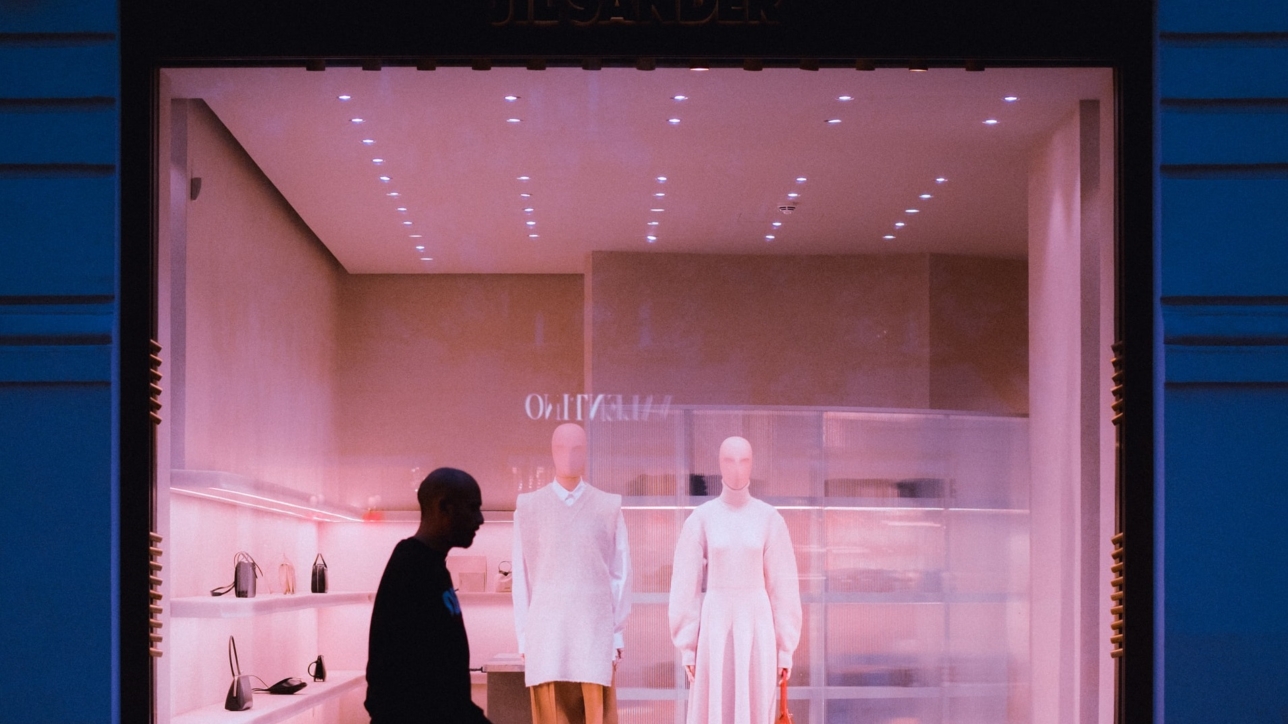By Amy Jackson Bricks-and-mortar retail has had a horrid 12 months. Although restrictions are now being lifted and we’re starting to see a glimmer of the much-vaunted economic bounce back, there is still a lot of uncertainty. Big questions remain around whether we will ever see a return to how things were before the pandemic in terms of consumer behaviour, and just how the high street – which has been under threat for years – will fare.
Retail brands have had to face many challenges on many levels over this period, as they have been forced to keep pace with a rapidly changing retail landscape and find new ways to effectively reach shoppers in different settings. One key challenge from a marketing perspective has been the loss of the ability to create visual engagement with consumers.
Our brains are designed to respond to visual stimuli, and retailers have long known this and used it to their advantage by creating things like carefully curated shop window displays and in-store video campaigns. Over the years, retail marketers have come to rely heavily on these techniques to deliver on their marketing goals, and as shoppers we’ve become used to things like browsing shop window displays and watching huge in-store screens running ad campaigns on loop to get inspiration about new trends and styles.
Filling the visual gap
With physical retail being more or less shut down, the traditional routes for these visual triggers have all but been removed for retailers. Filling this gap and finding new ways to help consumers visualise new styles, new products and new looks has presented retail marketers with a huge challenge. Precisely because the visual impact of these channels has always played such a key part in driving brand awareness, it’s critical that retail brands find ways to replicate this in the digital space.
But how can they do this?
Display advertising is one route that brands can (and do) take to create more visual engagement. At the start of the pandemic we saw a lot of brands making big cutbacks in this area, but they have been starting to switch this back on over the past few months with spend in display increasing. Display as a re-targeting channel, although effective, is traditionally used to target people who are already engaged with the brand and looking for something specific. And I’d argue since Social platforms became more sought-after to advertise on, it’s not been seen or used as a channel through which brands feel they can drive effective inspiration.
This is where, I believe, tapping into the power of online influencers is crucial in the current climate. Influencer marketing has always been important for brands to connect with their target audience, but the pandemic has made it even more relevant. Influencer marketing agency Takumi released a report at the end of 2020, which found marketers have definitely been buying into this idea. The report states that 73% of the marketers had increased their spend on influencer marketing. Combine this with the rise in importance of social platforms and you can see why it represents the way forward for brands.
Tapping into loyal audiences
As we’ve become increasingly isolated with lockdowns, people have become much more reliant on visually lead social platforms, like Instagram, to keep them connected with the outside world. Potential shoppers have been looking to their favourite online influencers for inspiration around what to wear or what products to use, as well as getting insights into upcoming trends. This isn’t just restricted to fashion and beauty brands, people are also looking to influencers for everything from DIY to home furnishing ideas. Importantly for marketers, these influencers have an incredibly loyal audience.
By cashing in on both this loyalty and the shift in consumer browsing habits, working with key influencers can offer brands the perfect platform through which to recreate that sense of visual engagement with their target customers. On top of this, because you are effectively engaging with consumers in a setting and at a time when they are already on their devices and looking for inspiration, you’re effectively limiting the browse-to-purchase window – certainly when compared to digital display advertising – so consumers are more likely to convert.
These factors combine to position influencers perfectly to allow retail marketers to create a new online shop window. One that can go a long way to replicating the power of the offline world that they have become used to.
Photo by Marc Kleen on Unsplash

